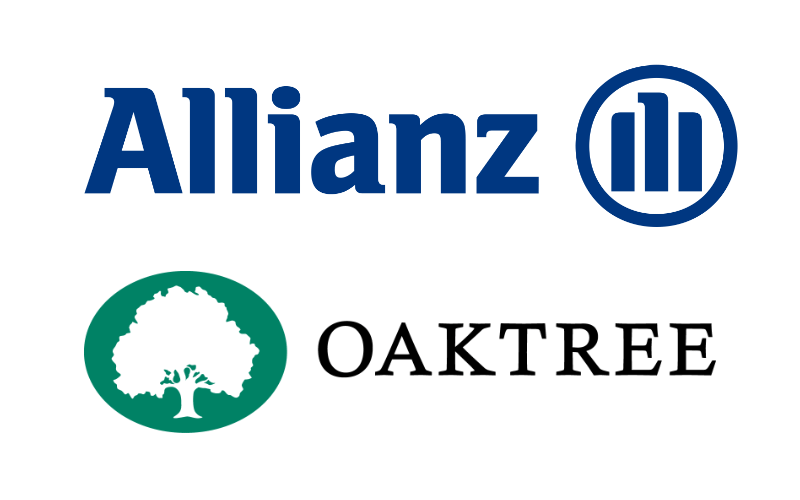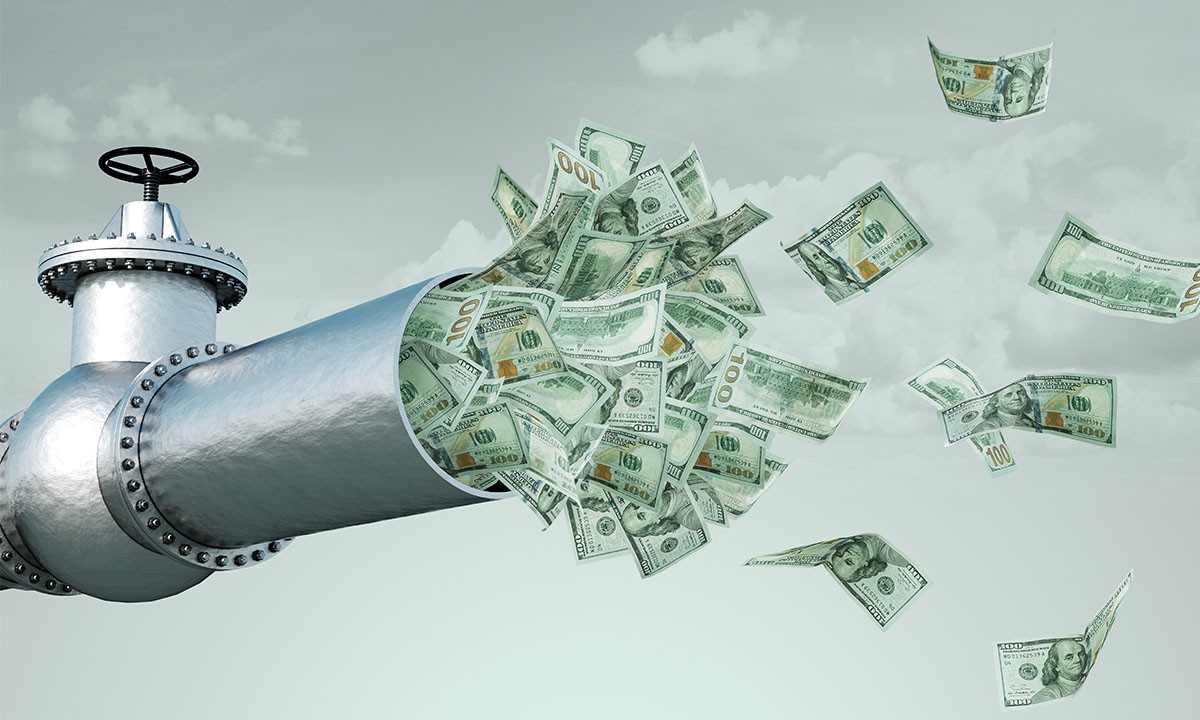The personal consumption expenditures price index, or PCE, tracks the prices that U.S. consumers are paying for goods and services. Like the consumer price index, the PCE focuses on how the ever-changing prices of goods and services affect households, as opposed to companies or producers.
The PCE tracks not only what kinds of goods and services people are buying, but also how consumers change their spending habits when prices rise or fall. For example, if rising gas prices lead consumers to drive less and cut down on fuel spending, the PCE will reflect that change in purchase frequency.
The Bureau of Economic Analysis updates the PCE once a month. The bureau’s most recent PCE update, released on Jan. 27, shows the PCE price index increased 0.1% in December. Core PCE, which excludes food and fuel — two categories that frequently experience price swings — increased 0.3% in December.
Last month’s release, which came in December and reflected changes measured in November, showed a PCE increase of 0.1% and a core PCE increase of 0.2%.
Core PCE is the Federal Reserve’s preferred measure of inflation. Increases in both PCE and core PCE can signal an increase in inflation; decreases may signal a decline in inflation.
While these results indicate a continued increase in inflation, things seem to be cooling off. In December, core PCE increased 4.4% over December of the previous year, down from 4.7% annually in November. So, while inflation is still growing, it’s doing so at a slower rate.
How is PCE calculated?
The BEA calculates the index using data from businesses and trade organizations, and the gross domestic product. The GDP measures the total dollar value of goods and services produced in the U.S. in a given quarter.
Much of the data from businesses and producers come from the U.S. Census Bureau. Specifically, the BEA uses the Census Bureau’s annual retail trade surveys, economic censuses, quarterly services reports and monthly retail trade surveys. It also uses reports from private trade organizations and regulatory agencies. Through these reports, the BEA can estimate what goods and services were sold in a given time period.
Next, the BEA divides consumer goods into three buckets:
-
Durable goods, or goods that will be used for at least three years. This includes items like furniture and motor vehicles.
-
Non-durable goods, or goods that have a shelf life of less than three years. Food, beverages, clothing and gasoline fall into this category.
-
Services, such as health care, housing, utilities and insurance.
Then, the BEA takes all that consumption data and calculates how much consumers spent on those goods. It factors in things like retailer markups and taxes, too.
PCE vs. CPI
There are plenty of differences between the two indexes, though. The PCE is calculated by the BEA, using data from businesses. The CPI is calculated by the Bureau of Labor Statistics, using its household survey data. And the CPI measures the spending habits of urban consumers only, while the PCE reflects the spending of rural and urban consumers.
Finally, while the CPI covers consumers’ out-of-pocket expenses, the PCE takes into account purchases made on behalf of consumers by businesses, government programs or nonprofits, such as medical care covered by a person’s employer-linked insurance.
Both the CPI and the PCE are commonly used as measures of inflation. Overall, though, economists prefer to use the PCE to measure inflation.
When is the PCE released?
The PCE is released monthly in the BEA’s Personal Income and Outlays report. The next Personal Income and Outlays report is expected to be released on Feb. 24.






































